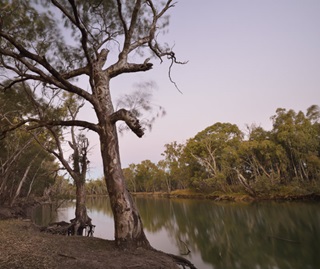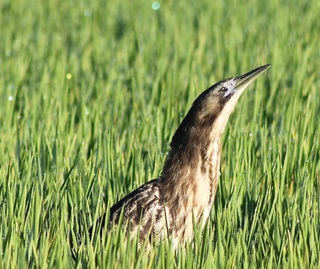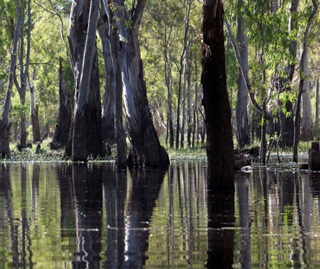 The river red gum parks of the Riverina include more than 100,000 hectares of national park, regional parks, state conservation areas and lands proposed for Aboriginal management. Together with parks from across the border in Victoria, the New South Wales river red gum parks form the largest area of river red gum conservation reserves in the world.
The river red gum parks of the Riverina include more than 100,000 hectares of national park, regional parks, state conservation areas and lands proposed for Aboriginal management. Together with parks from across the border in Victoria, the New South Wales river red gum parks form the largest area of river red gum conservation reserves in the world.
These reserves were established in 2010 following a 2009 assessment on the Riverina Bioregion by the NSW Natural Resources Commission.
Where are the river red gum parks in NSW?
The river red gum parks are found along the banks and wetlands of the Lachlan, Murray and Murrumbidgee Rivers.
Why are the river red gum forests important?
River red gums are widespread across Australian inland river systems. These valued trees grow to a height of 30 metres and are thought to have a lifespan of 500 to 1000 years.
It is important to protect the river red gum forests of the Riverina because of:
- Ecosystems and biodiversity - they provide an ecosystem for many species, including some native animal and plants and ecological communities which are listed as endangered or threatened
- Wetlands - they contain wetlands of state, national and international significance
- Aboriginal cultural significance - the forests of the Riverina are culturally and spiritually significant to local Aboriginal people, and many places, plants and animals are important to local and regional communities.


 The river red gum forests, wetlands and floodplains provide essential breeding and feeding habitats for animals, birds, fish, invertebrates and plants. They also provide refuge for many migratory birds.
The river red gum forests, wetlands and floodplains provide essential breeding and feeding habitats for animals, birds, fish, invertebrates and plants. They also provide refuge for many migratory birds. One of the most ecologically important features of the river red gum forests is its
One of the most ecologically important features of the river red gum forests is its  River red gum forests depend on reliable access to surface or groundwater to survive and thrive. Water restrictions to the Murray river, logging and grazing have all contributed to decreased water flows to the forests and wetlands. We continue to work to provide improved water access to these forests.
River red gum forests depend on reliable access to surface or groundwater to survive and thrive. Water restrictions to the Murray river, logging and grazing have all contributed to decreased water flows to the forests and wetlands. We continue to work to provide improved water access to these forests. Aboriginal people have lived in the river red gum areas for thousands of years. It is believed the forests along the Murray River were among the most densely populated areas before European arrival. They are rich in Aboriginal cultural heritage, including burial sites, scarred trees, oven mounds and shell middens.
Aboriginal people have lived in the river red gum areas for thousands of years. It is believed the forests along the Murray River were among the most densely populated areas before European arrival. They are rich in Aboriginal cultural heritage, including burial sites, scarred trees, oven mounds and shell middens.


















